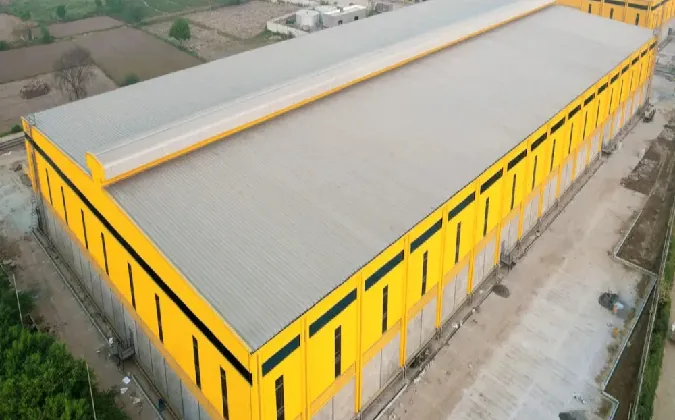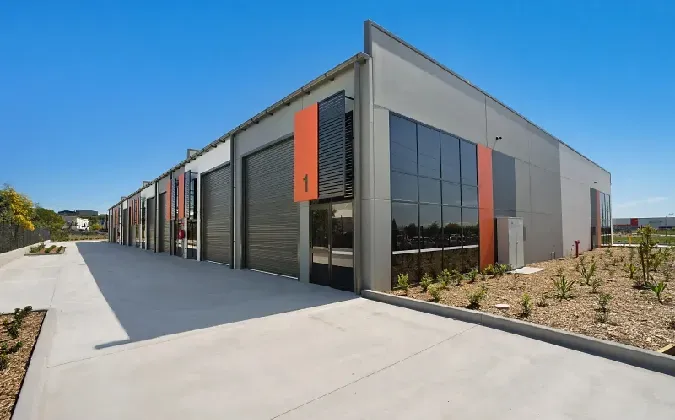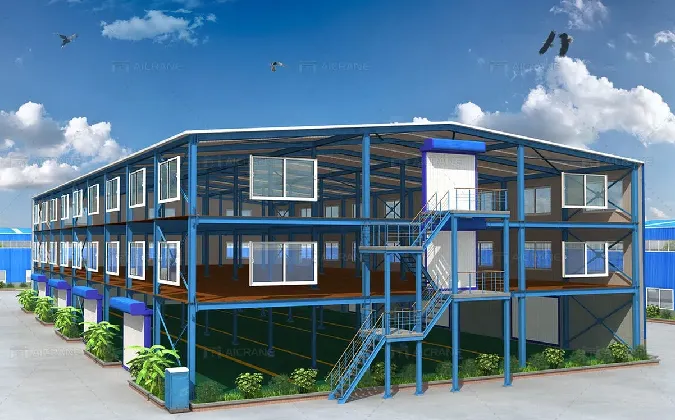- Afrikaans
- Albanian
- Amharic
- Arabic
- Armenian
- Azerbaijani
- Basque
- Belarusian
- Bengali
- Bosnian
- Bulgarian
- Catalan
- Cebuano
- Corsican
- Croatian
- Czech
- Danish
- Dutch
- English
- Esperanto
- Estonian
- Finnish
- French
- Frisian
- Galician
- Georgian
- German
- Greek
- Gujarati
- Haitian Creole
- hausa
- hawaiian
- Hebrew
- Hindi
- Miao
- Hungarian
- Icelandic
- igbo
- Indonesian
- irish
- Italian
- Japanese
- Javanese
- Kannada
- kazakh
- Khmer
- Rwandese
- Korean
- Kurdish
- Kyrgyz
- Lao
- Latin
- Latvian
- Lithuanian
- Luxembourgish
- Macedonian
- Malgashi
- Malay
- Malayalam
- Maltese
- Maori
- Marathi
- Mongolian
- Myanmar
- Nepali
- Norwegian
- Norwegian
- Occitan
- Pashto
- Persian
- Polish
- Portuguese
- Punjabi
- Romanian
- Russian
- Samoan
- Scottish Gaelic
- Serbian
- Sesotho
- Shona
- Sindhi
- Sinhala
- Slovak
- Slovenian
- Somali
- Spanish
- Sundanese
- Swahili
- Swedish
- Tagalog
- Tajik
- Tamil
- Tatar
- Telugu
- Thai
- Turkish
- Turkmen
- Ukrainian
- Urdu
- Uighur
- Uzbek
- Vietnamese
- Welsh
- Bantu
- Yiddish
- Yoruba
- Zulu
Aug . 11, 2025 12:00 Back to list
The Strategic Advantage of Modern Steel Structure Factory Buildings
In today's rapidly evolving industrial landscape, the choice of infrastructure profoundly impacts operational efficiency, sustainability, and long-term viability. Steel structure factory building solutions stand at the forefront of modern construction, offering unparalleled benefits for manufacturing, logistics, and various industrial sectors. These engineered structures provide robust, flexible, and cost-effective alternatives to traditional construction methods, enabling businesses to adapt quickly to market demands while ensuring structural integrity and safety. Their inherent properties, such as high strength-to-weight ratio and design versatility, make them a strategic investment for industries seeking sustainable growth and operational excellence.
Beyond conventional industrial applications, the principles of steel construction extend to specialized solutions like custom metal building kit systems, which offer rapid deployment and simplified assembly for smaller-scale projects or remote sites. Furthermore, the efficiency derived from pre-engineered steel has also revolutionized the market for modular constructions, exemplified by products like factory direct metal carports, showcasing steel's adaptability across diverse structural needs. This adaptability underscores the broader trend of leveraging prefabrication and modularity to optimize construction timelines and reduce overall project costs, making steel structures a cornerstone of contemporary industrial development.
Decoding the Craftsmanship: Steel Structure Factory Building Manufacturing Process
The creation of a high-quality steel structure factory building involves a meticulously planned and executed manufacturing process, ensuring both structural integrity and longevity. This journey begins with precise design and engineering, often utilizing Building Information Modeling (BIM) software to create detailed blueprints that account for load-bearing requirements, environmental factors, and client specifications. Material selection is paramount, typically involving high-grade structural steel such as Q235B or Q345B, known for their excellent yield strength and weldability, ensuring the structure can withstand significant stresses and strains over its operational lifespan.
Subsequent steps include advanced cutting and drilling processes, often leveraging CNC (Computer Numerical Control) machines for unparalleled accuracy in shaping steel components. Welding, a critical phase, employs techniques like Flux-Cored Arc Welding (FCAW) or Submerged Arc Welding (SAW) to achieve robust and defect-free joints. Post-welding, each component undergoes rigorous inspection, including non-destructive testing (NDT) methods like ultrasonic testing and magnetic particle inspection, to verify weld quality and material integrity. Surface treatment, such as hot-dip galvanization or multi-layer epoxy painting, provides superior corrosion resistance, crucial for extending the service life to typically 50 years or more. Finally, components are often pre-assembled for fit-up verification before shipping, ensuring seamless on-site erection. All these stages adhere strictly to international standards like ISO 9001 for quality management and ANSI/AISC 360 for structural steel buildings, guaranteeing top-tier product quality and safety.
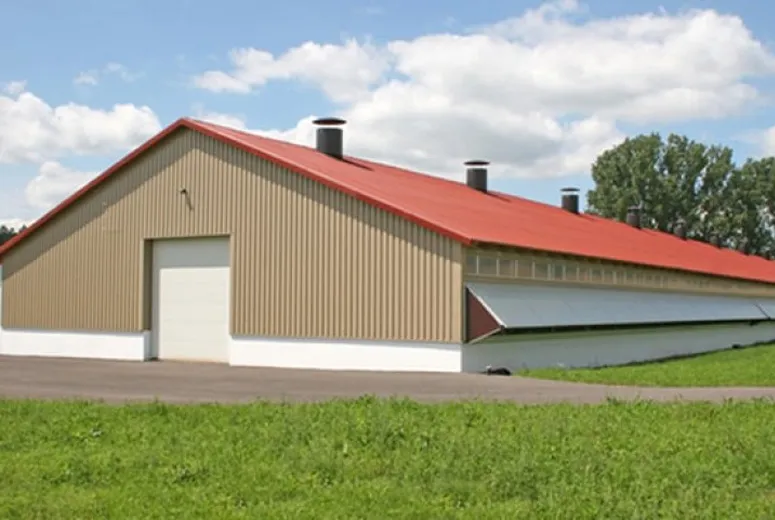
Technical Parameters & Performance Benchmarks
Understanding the technical specifications of a steel structure factory building is crucial for ensuring it meets specific operational and environmental requirements. Modern steel buildings are engineered to withstand diverse conditions, from heavy industrial loads to extreme weather events. Key parameters include structural steel grade, typically Q235B or Q345B, offering yield strengths of 235 MPa and 345 MPa respectively. Design considerations often involve wind load resistance (e.g., up to 0.7 kN/m² for wind speeds of 150 km/h), snow load capacity (ranging from 0.3 kN/m² to 1.0 kN/m² based on regional snowfall), and seismic resistance, often designed to meet categories equivalent to Zone 7 or 8 for earthquake-prone regions.
Fire resistance is also a critical design aspect, achieved through intumescent coatings or fire-resistant board systems, providing fire ratings from 1 to 4 hours. Typical clear spans for factory buildings can range from 18m to over 60m without intermediate columns, offering unparalleled flexibility in interior layout. Eave heights commonly vary from 6m to 15m, depending on crane requirements or machinery size. The table below provides a general overview of common technical specifications for a standard industrial steel structure factory building, illustrating the robust engineering behind these constructions.
| Parameter | Typical Range/Value | Description |
|---|---|---|
| Structural Steel Grade | Q235B, Q345B | Commonly used steel grades with yield strengths of 235MPa and 345MPa respectively, offering excellent durability. |
| Wind Load Resistance | 0.3 - 0.9 kN/m² (up to 180 km/h) | Engineered to withstand strong winds based on local building codes and specific site conditions. |
| Snow Load Capacity | 0.3 - 1.5 kN/m² | Designed to support varying snow accumulation, critical for regions with heavy snowfall. |
| Seismic Resistance | Up to Zone 8 (Richter Scale 8) | Structural design incorporates seismic detailing for earthquake-prone areas, ensuring safety. |
| Fire Rating | 1-4 Hours | Achieved through fire-resistant coatings or enclosures, providing critical evacuation time. |
| Clear Span | 18m - 60m+ | The unobstructed width within the building, allowing for flexible internal layouts and machinery placement. |
| Eave Height | 6m - 18m+ | Height from ground level to the lowest point of the roof structure, accommodating tall equipment or overhead cranes. |
| Service Life | 50+ Years | The anticipated functional lifespan, owing to robust materials and anti-corrosion treatments. |
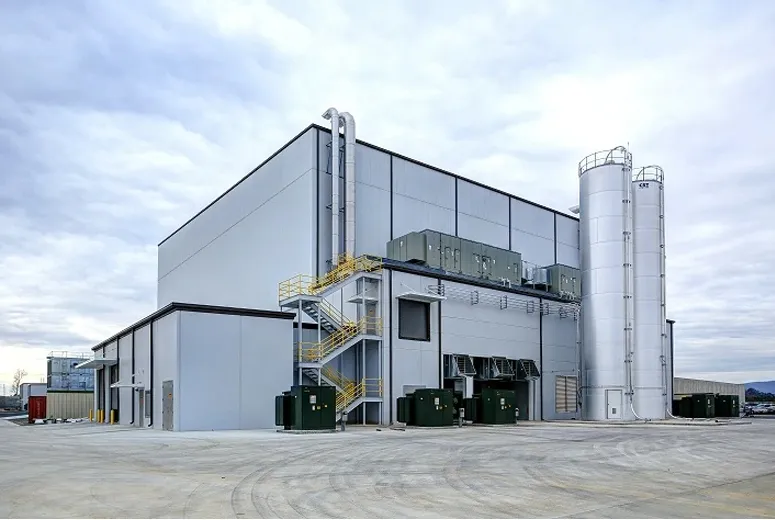
Versatile Applications & Industry-Specific Advantages
The adaptability of steel structure factory building solutions makes them indispensable across a wide spectrum of industries. In the petrochemical sector, their inherent resistance to corrosion, achieved through advanced coating systems, ensures durability in harsh chemical environments, significantly reducing maintenance costs and enhancing safety. For metallurgy and heavy manufacturing, the large clear spans and high load-bearing capacity of steel structures are ideal for housing massive machinery, overhead cranes, and extensive production lines, facilitating efficient material flow and operational layouts.
The logistics and warehousing industries benefit immensely from the rapid construction and expandability of steel buildings, allowing for quick response to fluctuating storage demands. Energy efficiency is a key advantage, with options for integrating advanced insulation materials, natural ventilation systems, and skylights to reduce reliance on artificial lighting and climate control, leading to substantial energy savings. In the water supply and drainage sectors, pre-engineered steel structures provide reliable enclosures for pumping stations and treatment facilities, offering long-term protection against the elements. This broad applicability, coupled with the ability to customize for specific operational needs, positions steel as the material of choice for future-proof industrial infrastructure.
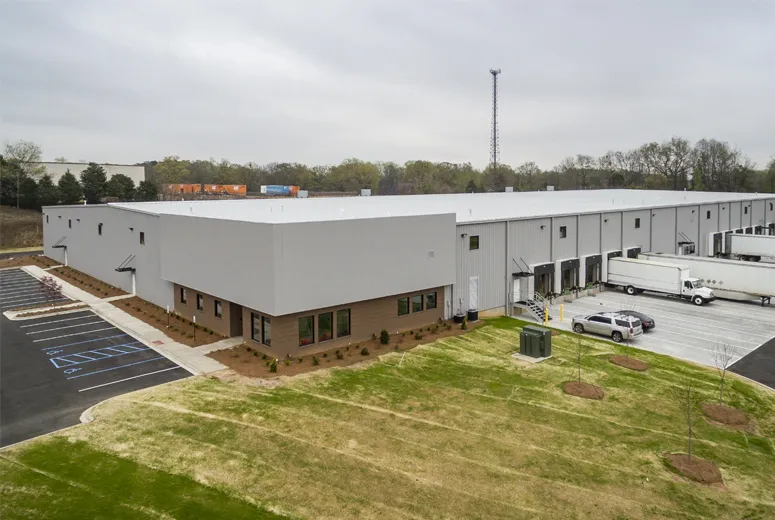
Customization and Bespoke Solutions for Industrial Needs
One of the most compelling advantages of a steel structure factory building is its inherent design flexibility, allowing for extensive customization to meet the precise demands of any industrial operation. Unlike conventional construction, steel structures can be tailored to specific dimensions, roof types (e.g., gable, single slope, arch), and wall configurations (e.g., sandwich panels, corrugated steel sheets, brick facades) to optimize space utilization and aesthetic requirements. This adaptability extends to integrating specialized features such as overhead crane systems, multi-story mezzanines for office or additional storage space, and customized ventilation and natural lighting solutions to enhance worker comfort and productivity.
For industries with unique environmental controls, such as food processing or pharmaceutical manufacturing, bespoke solutions can include cleanroom specifications, controlled humidity environments, and advanced insulation for thermal stability. Furthermore, the design process allows for the incorporation of future expansion plans, making the initial investment in a steel structure factory building a forward-thinking decision that supports long-term business growth. Experienced manufacturers leverage advanced engineering software and a deep understanding of industry standards to transform complex requirements into efficient, durable, and cost-effective bespoke buildings.
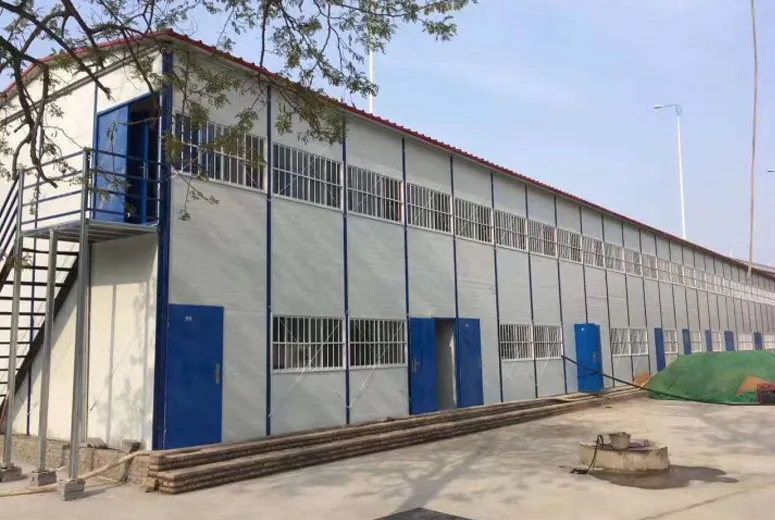
Ensuring Trust: Quality Assurance, Certifications & Client Support
The trustworthiness of a steel structure factory building supplier is built on a foundation of rigorous quality assurance and transparent customer support. Reputable manufacturers adhere to stringent international standards such as ISO 9001 for quality management systems, CE certification for European conformity, and compliance with ASTM (American Society for Testing and Materials) and AWS (American Welding Society) standards for material and welding quality. These certifications are not merely badges; they represent a commitment to consistent quality control at every stage, from raw material sourcing to final fabrication and inspection, including non-destructive testing (NDT) to identify any internal defects.
Beyond certifications, a reliable partner provides comprehensive support from initial consultation and design to post-completion services. Typical delivery cycles for prefabricated steel components range from 30 to 60 days, depending on project complexity and scale, followed by efficient on-site erection. A robust warranty, often extending 10-20 years for the main structural framework, provides clients with long-term peace of mind regarding their investment. Furthermore, dedicated customer support teams offer technical assistance, maintenance guidance, and prompt resolution of any issues, ensuring the smooth operation and longevity of your steel structure factory building.
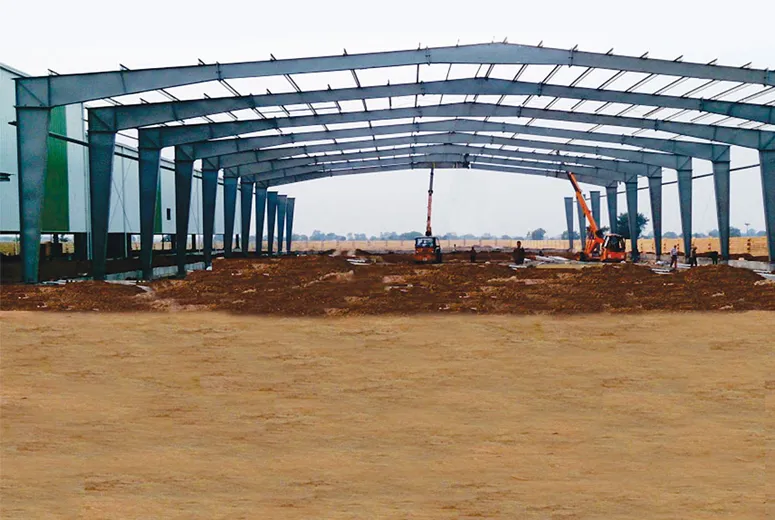
Frequently Asked Questions (FAQ) about Steel Structure Factory Buildings
Q1: What is the typical lifespan of a steel structure factory building?
A1: With proper design, quality materials, and effective anti-corrosion treatments like hot-dip galvanization or painting, a steel structure factory building can have a service life of 50 years or even longer. Regular maintenance can further extend its durability.
Q2: Are steel buildings more expensive than traditional concrete structures?
A2: While the initial material cost for steel can sometimes be higher, the overall project cost for a steel structure factory building is often lower due to faster construction times, reduced labor requirements on-site, minimal foundation work, and lower maintenance costs over its lifespan. They also offer greater flexibility for future expansion or modification.
Q3: How long does it take to construct a steel structure factory building?
A3: The prefabrication of steel components in a controlled factory environment significantly reduces on-site construction time. A typical industrial steel structure factory building can be erected in a matter of weeks to a few months, depending on its size and complexity, which is considerably faster than conventional construction methods.
Q4: Can steel structures withstand harsh weather conditions?
A4: Absolutely. Steel structure factory building designs are engineered to meet specific local building codes for wind, snow, and seismic loads, ensuring they are highly resistant to extreme weather events like hurricanes, heavy snowfalls, and earthquakes. Their inherent strength and ductility provide superior performance under dynamic forces.
Conclusion: The Future of Industrial Infrastructure
The evolution of the steel structure factory building represents a paradigm shift in industrial construction. Their inherent advantages in terms of speed of erection, cost-efficiency, design flexibility, and structural resilience make them the preferred choice for forward-thinking businesses. From large-scale manufacturing plants requiring extensive clear spans to specialized facilities demanding strict environmental controls, steel structures provide robust, adaptable, and sustainable solutions. As industries continue to evolve, the demand for high-performance, durable, and rapidly deployable infrastructure will only grow, solidifying the position of steel buildings as the cornerstone of modern industrial development. Partnering with an experienced and certified manufacturer ensures that your investment in a steel structure factory building delivers long-term value, operational efficiency, and a competitive edge.
References
- American Institute of Steel Construction (AISC) – Specification for Structural Steel Buildings.
- International Organization for Standardization (ISO) – ISO 9001: Quality Management Systems.
- European Committee for Standardization (CEN) – Eurocode 3: Design of Steel Structures.
- Journal of Construction Engineering and Management – Studies on prefabricated and modular construction.
- Welding Journal – Research on advanced welding techniques for structural steel.
-
Steel Frame Modular Construction for Housing
NewsAug.07,2025
-
Steel Construction Factory Processes
NewsAug.07,2025
-
Portal Frame Shed for Sale: Delivery Options
NewsAug.07,2025
-
Metal Workshops for Sale: Insulation Solutions
NewsAug.07,2025
-
Metal Steel Building Manufacturers: Post-Construction Services
NewsAug.07,2025
-
Metal Garage Shed Kits: Size Options
NewsAug.07,2025
Products categories
Our Latest News
We have a professional design team and an excellent production and construction team.






